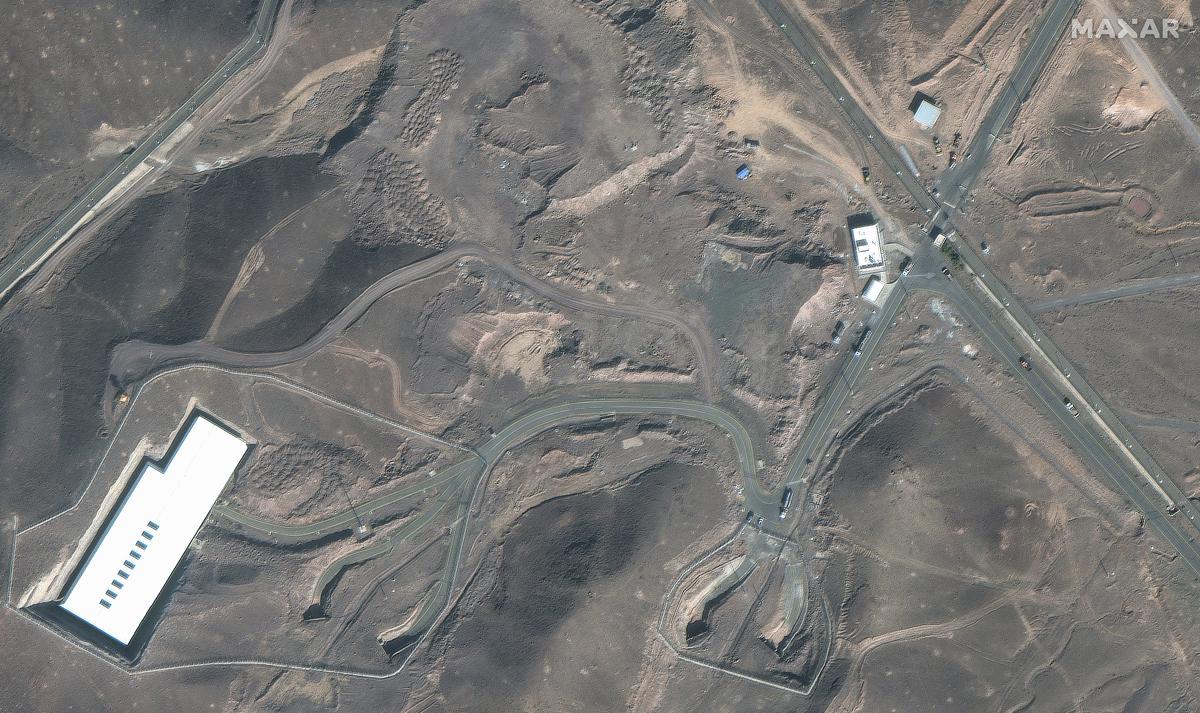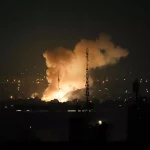The International Atomic Energy Agency (IAEA) confirmed on Sunday that no abnormal radiation levels have been detected off-site following the U.S. airstrikes on Iran’s nuclear facilities.
In a brief statement posted on social media platform X, the UN nuclear watchdog stated, “The IAEA can confirm that no increase in off-site radiation levels has been reported as of this time.” It added that further assessments would be provided as more data becomes available.
The confirmation came hours after U.S. President Donald Trump announced that American forces had carried out precision strikes on Iran’s three primary nuclear enrichment sites—Fordow, Natanz, and Esfahan. Speaking from the White House, Trump declared the mission a “spectacular military success” and said the facilities had been “completely and totally obliterated.”
Trump issued a stark warning to Tehran, urging it to pursue peace or face even more devastating attacks in the future. “Iran the bully of the Middle East must now make peace,” he said, flanked by senior administration officials including Vice President J.D. Vance and Secretary of State Marco Rubio.
The U.S. action follows over a week of intensifying conflict between Israel and Iran, with rising fears of regional escalation. Satellite imagery released by Maxar Technologies earlier in the week showed heightened activity around Iran’s Fordow facility, adding to global concern.
The IAEA’s reassurance that there is no current radiation threat offers some relief amid fears of environmental fallout, but experts warn that the long-term impact on nuclear infrastructure and geopolitical stability remains to be seen.













